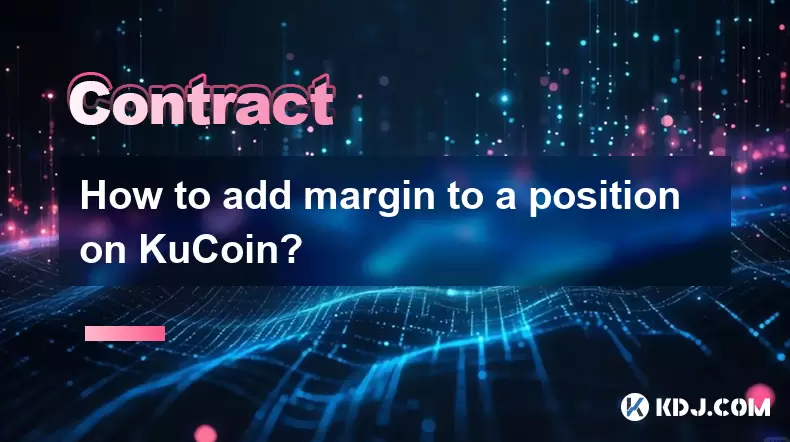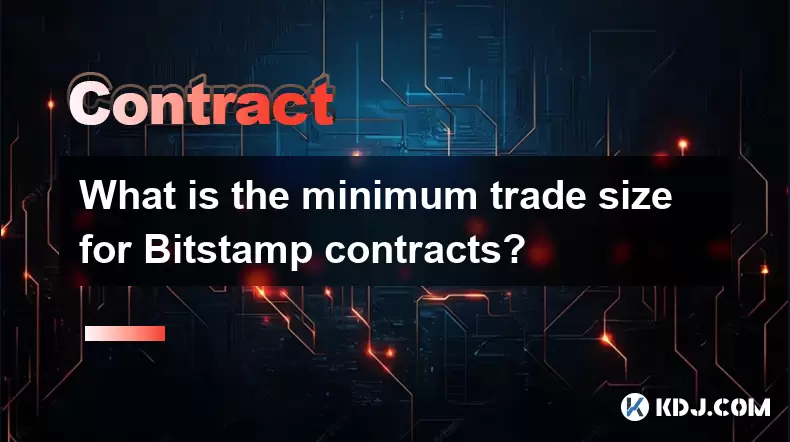-
 Bitcoin
Bitcoin $118900
1.66% -
 Ethereum
Ethereum $3735
1.35% -
 XRP
XRP $3.506
0.71% -
 Tether USDt
Tether USDt $1.000
-0.01% -
 BNB
BNB $799.4
5.78% -
 Solana
Solana $202.0
1.87% -
 USDC
USDC $0.9999
0.00% -
 Dogecoin
Dogecoin $0.2661
1.89% -
 Cardano
Cardano $0.8877
1.59% -
 TRON
TRON $0.3173
2.45% -
 Hyperliquid
Hyperliquid $45.00
2.59% -
 Stellar
Stellar $0.4723
3.40% -
 Sui
Sui $3.970
1.32% -
 Chainlink
Chainlink $19.67
1.94% -
 Hedera
Hedera $0.2710
1.99% -
 Avalanche
Avalanche $25.74
-0.01% -
 Bitcoin Cash
Bitcoin Cash $528.1
1.98% -
 Litecoin
Litecoin $120.1
3.57% -
 Shiba Inu
Shiba Inu $0.00001525
1.26% -
 UNUS SED LEO
UNUS SED LEO $8.989
-0.01% -
 Toncoin
Toncoin $3.304
1.74% -
 Polkadot
Polkadot $4.531
3.38% -
 Uniswap
Uniswap $10.74
2.51% -
 Ethena USDe
Ethena USDe $1.001
0.00% -
 Monero
Monero $325.5
2.44% -
 Pepe
Pepe $0.00001413
1.31% -
 Bitget Token
Bitget Token $4.860
0.85% -
 Dai
Dai $0.9999
0.01% -
 Aave
Aave $307.3
-2.07% -
 Bittensor
Bittensor $448.8
2.91%
How to add margin to a position on KuCoin?
Adding margin on KuCoin increases collateral to lower liquidation risk—manual in Isolated mode, automatic in Cross mode based on spot wallet balance.
Jul 23, 2025 at 07:35 am

Understanding Margin Trading on KuCoin
Margin trading on KuCoin allows users to borrow funds to increase their trading position beyond what their account balance would normally allow. This can amplify both gains and losses. When you already have an open margin position and want to increase your exposure, you can add more margin to that position. This is especially useful when the market moves in your favor and you want to increase your leverage without closing the trade. Adding margin increases your collateral, which helps reduce the risk of liquidation if the market moves against you.
Differentiating Between Cross and Isolated Margin Modes
Before adding margin, it’s crucial to understand the two margin modes on KuCoin:
- Cross Margin: Uses your entire available balance as collateral for all open positions. If you add margin in this mode, the system automatically allocates more of your balance to cover the position.
- Isolated Margin: Each position has a fixed amount of collateral. To add margin here, you must manually increase the collateral assigned to that specific trade.
Choosing the correct mode determines how you add margin. For example, in Isolated mode, adding margin is a manual step per position, while in Cross mode, the system handles it automatically based on your total balance.
Step-by-Step Guide to Adding Margin in Isolated Mode
If you're using Isolated Margin and want to add more funds to an open position: - Navigate to the Margin Trading section in your KuCoin account.
- Select the specific trading pair (e.g., BTC/USDT) where your position is open.
- Click on the "Positions" tab to view active trades.
- Locate the position you want to add margin to and click the “Add Margin” button.
- Enter the amount of base or quote currency you want to add as collateral.
- Confirm the transaction using your password or 2FA if required.
This process directly increases the collateral for that specific trade, lowering the liquidation risk and potentially allowing for higher leverage.
How to Add Margin in Cross Margin Mode
In Cross Margin mode, you don’t manually add margin to a single position. Instead: - Ensure your spot wallet has sufficient balance in the relevant asset (e.g., USDT or BTC).
- The system will automatically use your available balance as collateral across all open margin positions.
- If your position is under pressure (liquidation risk rising), depositing more funds into your spot wallet increases the overall collateral pool, which benefits all open positions.
No manual intervention is needed once funds are in the spot wallet. The system recalculates your margin ratio in real time based on total available funds.
Key Risks and Considerations When Adding Margin
Adding margin can protect against liquidation, but it also increases your total exposure. If the market moves against you after adding margin, losses will be larger due to the increased position size. Always monitor your margin ratio and liquidation price after adding funds. Also, note that adding margin does not change your leverage multiplier—it only increases collateral. If you wish to increase leverage, you must adjust it separately in the position settings.Additionally, KuCoin charges interest on borrowed funds, and adding margin does not reduce the interest rate. The interest continues to accrue on the borrowed amount, not the added collateral. Always check the current interest rate before increasing your position size.
Troubleshooting Common Issues When Adding Margin
Some users encounter errors when trying to add margin: - “Insufficient Balance”: Ensure your spot wallet has enough funds. Transfers between wallets may take time to reflect.
- “Position Not Found”: Verify you’re in the correct trading pair and margin mode (Isolated vs. Cross).
- “Add Margin Button Grayed Out”: This typically means you’re in Cross Margin mode. In this case, simply deposit funds to your spot wallet instead.
- 2FA Authentication Failure: Double-check your authenticator app time sync or SMS delivery. If issues persist, reset 2FA through KuCoin’s security settings.
Always refresh the page after making changes to ensure the interface updates correctly.
Frequently Asked Questions
Q: Can I add margin to a short position on KuCoin?
Yes, you can add margin to both long and short positions in Isolated Margin mode. The process is identical—just click “Add Margin” next to the open short position and input the amount.Q: Does adding margin reduce my interest costs?
No. Interest is charged on the borrowed amount, not the collateral. Adding margin increases your safety buffer but does not lower the daily interest rate applied to your loan.Q: What happens if I add margin right before liquidation?
If done in time, adding margin increases your collateral, which raises your margin ratio and moves the liquidation price further from the current market price—potentially saving your position from being liquidated.Q: Can I remove margin after adding it?
Yes, in Isolated Margin mode, you can reduce margin by clicking “Reduce Margin” and specifying the amount to withdraw. However, ensure your margin ratio stays above the maintenance level to avoid liquidation.
Disclaimer:info@kdj.com
The information provided is not trading advice. kdj.com does not assume any responsibility for any investments made based on the information provided in this article. Cryptocurrencies are highly volatile and it is highly recommended that you invest with caution after thorough research!
If you believe that the content used on this website infringes your copyright, please contact us immediately (info@kdj.com) and we will delete it promptly.
- Pudgy Penguins (PENGU) Soars: Rally Growth and Meme Coin Mania!
- 2025-07-23 19:10:12
- Solana Meme Coins & Market Cap Mania: What's the Deal?
- 2025-07-23 19:15:12
- DOGE Price Poised for Parabolic Surge? DogeOS Unveils Zero-Knowledge Game Changer!
- 2025-07-23 18:30:12
- Bitcoin ETF in Regulatory Limbo: SEC Pause Fuels Uncertainty
- 2025-07-23 18:50:12
- CZ's Altcoin Season Tease: BNB Price Rockets to New Heights!
- 2025-07-23 18:30:12
- DeFi Lending: Fees, Collateral, and the TradFi Invasion
- 2025-07-23 18:50:12
Related knowledge

Why is my Bitstamp futures position being liquidated?
Jul 23,2025 at 11:08am
Understanding Futures Liquidation on BitstampFutures trading on Bitstamp involves borrowing funds to open leveraged positions, which amplifies both po...

Does Bitstamp offer inverse contracts?
Jul 23,2025 at 01:28pm
Understanding Inverse Contracts in Cryptocurrency TradingIn the realm of cryptocurrency derivatives, inverse contracts are a specific type of futures ...

How to find your Bitstamp futures trade history?
Jul 23,2025 at 08:07am
Understanding Bitstamp and Futures Trading AvailabilityAs of the current state of Bitstamp’s service offerings, it is critical to clarify that Bitstam...

Can I use a trailing stop on Bitstamp futures?
Jul 23,2025 at 01:42pm
Understanding Trailing Stops in Cryptocurrency TradingA trailing stop is a dynamic type of stop-loss order that adjusts automatically as the price of ...

What is the minimum trade size for Bitstamp contracts?
Jul 23,2025 at 07:14pm
Understanding Bitstamp and Its Contract OfferingsBitstamp is one of the longest-standing cryptocurrency exchanges, established in 2011, and known for ...

How to trade ETH perpetuals on Bitstamp?
Jul 23,2025 at 03:28am
Understanding ETH Perpetual ContractsETH perpetual contracts are derivative products that allow traders to speculate on the price of Ethereum without ...

Why is my Bitstamp futures position being liquidated?
Jul 23,2025 at 11:08am
Understanding Futures Liquidation on BitstampFutures trading on Bitstamp involves borrowing funds to open leveraged positions, which amplifies both po...

Does Bitstamp offer inverse contracts?
Jul 23,2025 at 01:28pm
Understanding Inverse Contracts in Cryptocurrency TradingIn the realm of cryptocurrency derivatives, inverse contracts are a specific type of futures ...

How to find your Bitstamp futures trade history?
Jul 23,2025 at 08:07am
Understanding Bitstamp and Futures Trading AvailabilityAs of the current state of Bitstamp’s service offerings, it is critical to clarify that Bitstam...

Can I use a trailing stop on Bitstamp futures?
Jul 23,2025 at 01:42pm
Understanding Trailing Stops in Cryptocurrency TradingA trailing stop is a dynamic type of stop-loss order that adjusts automatically as the price of ...

What is the minimum trade size for Bitstamp contracts?
Jul 23,2025 at 07:14pm
Understanding Bitstamp and Its Contract OfferingsBitstamp is one of the longest-standing cryptocurrency exchanges, established in 2011, and known for ...

How to trade ETH perpetuals on Bitstamp?
Jul 23,2025 at 03:28am
Understanding ETH Perpetual ContractsETH perpetual contracts are derivative products that allow traders to speculate on the price of Ethereum without ...
See all articles

























































































